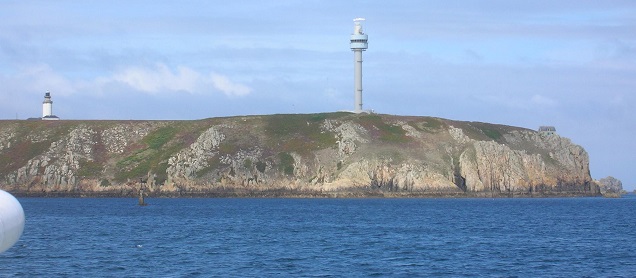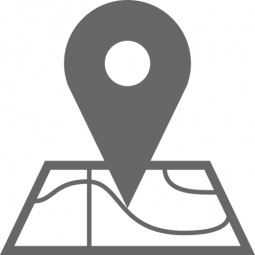The global coastal surveillance radar market is estimated to be US$ 775.7 million in 2017 and is estimated to reach US$ 1,237.9 million by 2025.
The need for Vehicle Traffic Surveillance (VTS) on the coasts for boats and ships to drive the growth of coastal surveillance radar market
The vehicle traffic service (VTS) is an oceanic monitoring system used by naval forces, coast guards and harbor authorities to monitor and navigate the marine vessels in a limited oceanic space. VTS is a major concern for the coastal surveillance teams and owing to the increasing vehicle traffic across geographies, the demand for shore surveillance radar is increasing among the end users. The VTS utilizes radar, VHF radiotelephony, automatic identification systems (AIS). The systems require compliances from IALA, and various VTS systems experiences adverse environmental conditions such as high humidity or/and heavy rainfall, the system requires X-band as well as S-band radars to cover the area. For example, Kelvin Hughes, developed SBS-900-4 SharpEye System to address the need for dual band shore surveillance system. The dual band radar system facilitates the naval forces, harbor authorities and coast guards, to monitor and navigate the vessels efficiently, with the help of X and S band transceiver with a combination of X and S-band antenna. The rising procurement of VTS in the current scenario and the rapid technological development in the field of transceivers and antenna by the major contractors are driving the coastal surveillance radar market in the current scenario.
The major defense forces such as the US, China, India, Russia, and the UK among others, as well as moderately spending defense forces across the globe are constantly investing lump sum in modernization of their troop, infrastructures, artilleries and armaments. The countries with longer coastlines and robust financial conditions are more inclined towards securing their coast lines, while on the other hand, other countries are deploying their troops and technologies to other country’s coastlines, in order to improve or modernize their infrastructure and secure the coastlines, ports and harbors. For instance, Croatia has recently enhanced their coastline surveillance structures with the SAAB’s coastal surveillance systems. SAAB has deployed several sensors along the Croatian coast which are connected to various control centres, which facilitates the Croatian Ministry of Interior Border Police to effectively monitor the coastlines and deter any potential threat.
Also, India has one the longest coast lines across geographies, has ordered Bharat Electronics Limited to deliver 38 coastal surveillance radar systems alongside four mobile surveillance systems, and two vessel traffic management (VTM) systems to secure the west coastlines of the country. The contract was awarded in February 2017 by Indian Ministry of Defense to secure the coast line from various marine threats. The adoption of these advanced technologies in large numbers with an objective to modernize the forces, and infrastructures is anticipated to bolster the growth of market for coastal surveillance radar systems during the forecast period.



